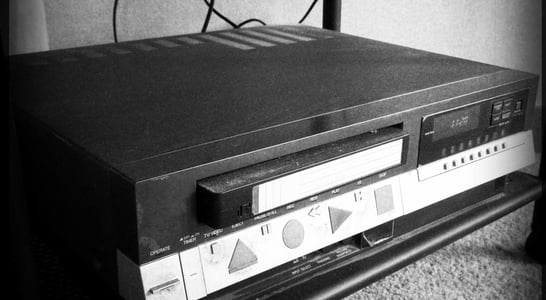
Color TV Day
Host a TV or movie watching marathon and work your way through different eras to see how color TV has developed, improved and changed over time.
There is an innovation that many of us take for granted every day. Whether we’re sitting at our computers, watching television with the family, or even playing with our handheld games, we are inundated with a bright parade of colors.
Color TV Day reminds us that this hasn’t always been the case, when Television was first introduced we had nothing but black and white images, really more of a myriad shade of grey!
How to Celebrate Color TV Day
Color TV Day is the day to celebrate this wonderful advent of technology, color is everywhere these days. Today there is an amazing array of color broadcasting, and black and white broadcasts have been relegated to bursts of nostalgia, and films that are so loved in their original format that to put them through the colorization processes now available would seem a form of heresy.
Color TV Day is best celebrated by watching some of the brightest and newest shows that demonstrate just how far we’ve come. So settle down with some popcorn and some buddies, and try to watch your way through a series of movies from different eras, taking time to note just how far color TV has come!
History of Color TV Day
In 1951, an event came to pass that changed the future of broadcast entertainment forever.
The first commercial broadcast was a variety show, containing a number of entertainers, whose name would go on to become legend, including Ed Sullivan. While this broadcast was only available to those who owned a color-ready TV, it was the first step to changing everything.
TV first started being experimented with in the late 19th century, but electronics were simply not advanced enough at that point to make the process work effectively. Another 30 years passed by before anything like a successful television broadcast system was put together.
But even then, it wasn’t until 1935 that regular broadcasts black and white broadcasts were being sent out, and those only contained 108 lines per frame. This was the beginning of a massive boom in broadcasting, and by 1950 there were 6 million televisions in the United States alone.
Color television had been in development as early as 1897, but it didn’t come to fruition until 1928. At this point a color broadcast was demonstrated, but the actual first broadcast didn’t take place until 1938. These were just the testing broadcasts, and it wasn’t until 1954 that the first national broadcast occurred on January 1st, heralding in a new era of broadcast entertainment.
This was just the beginning of a turning point, and it wasn’t until 1965 that an official transition took place. This was a huge day for color TV, when an announcement was made that over half of all prime-time broadcasting would be done in color.
While color broadcasting was going up, it took much longer for home TV’s to finally make the transition over to color. The existing technology involved big boxy TV’s that were prohibitively expensive to the end consumer, and it wasn’t until 1980 that the majority of available TV’s were all color-ready. Black and White had fallen into niche markets, specifically low-power systems such as security cameras, and small portable sets. Even today the majority of security systems utilize a black and white broadcast system.
In Europe the broadcasting systems were lagging a bit behind, instead it took until 1967 before broadcasts were regularly being done, and a bit later in the 80’s until it became a common method of transmitting images. From here on out it spread throughout the world, within 5 years become prevalent in every nation of the world as the preferred broadcasting format.
Also on ...
View all holidaysGlobal Beatles Day
Put on your favorite Beatles record and honor the British global phenomenon that changed the face of music forever, and continues to influence musicians everywhere.
National Catfish Day
Cook up some catfish at home, visit a catfish festival, or find a local restaurant serving this tasty fish to make the most of National Catfish Day.
Goat Cheese Day
See what goats cheeses are local to your area, and give them a try. Find a recipe, or simply taste-test a few to see what you like best and diversify your food.
National Strawberry Parfait Day
The perfect summer treat: a base of cut up vanilla pound cake, followed by layers of yogurt or custard and strawberries, built up until the glass is full.
We think you may also like...
National VCR Day
Lean into nostalgia by digging out that dusty old VCR player, a few VHS tapes, and hosting a movie watching party with some of your old favorites from those days.
International Marconi Day
This 24-hour amateur radio event honors the legacy of Italian radio pioneer Guglielmo Marconi, for whom its named. Join the network to get involved!
National Clean Up Your Computer Month
Giving your trusty machine a little TLC by banishing the sneaky dust bunnies, ensuring it purrs along smoothly without missing a beat.
National Mr. Potato Head Day
Celebrating the charm of a versatile, spud-based toy, sparking creativity and timeless joy through imaginative play and customization.








